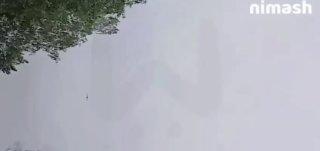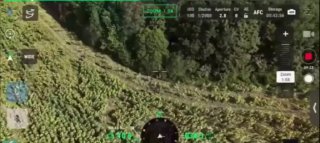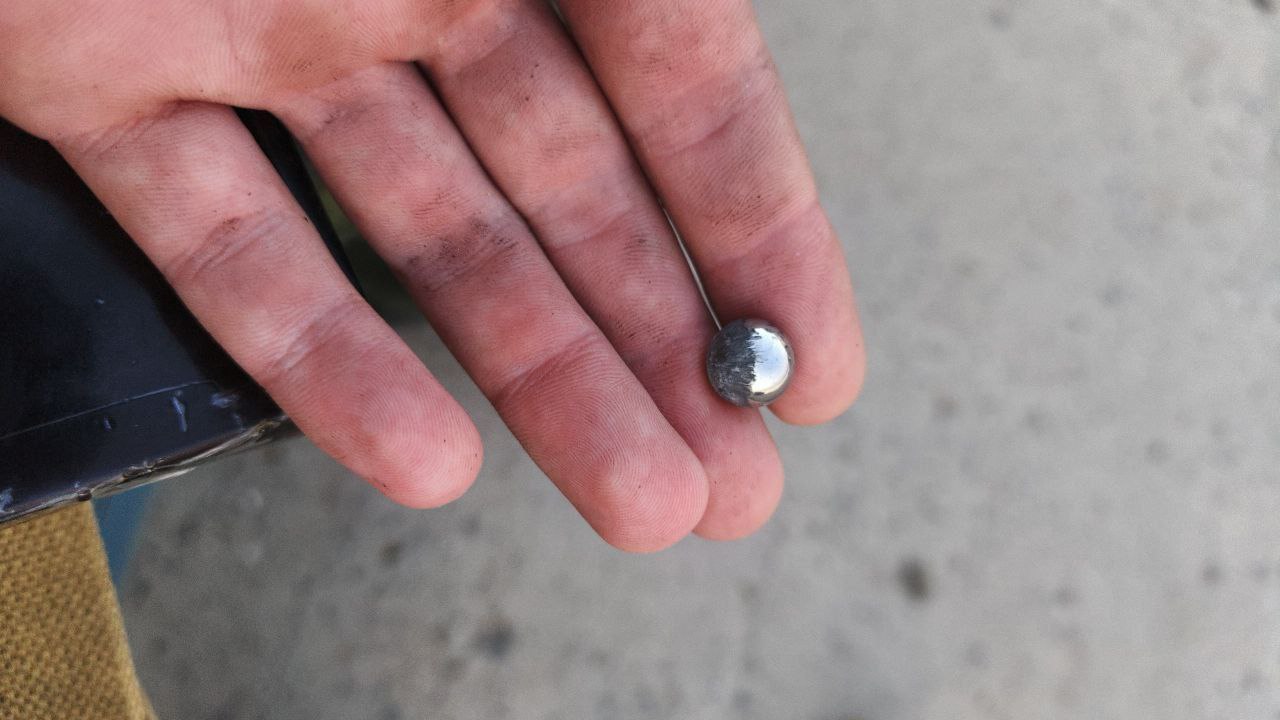RFU English
Here you can find daily updates on what is happening in Ukraine. You can also support us by buying clothes and accessories in our store: uasupporter.com/en Связанные каналы | Похожие каналы
59 821
obunachilar
Kanalda mashhur

📂 Description: This video captures a scene of a Russian soldier, injured by a landmine because hi...

📂 Description: The SBU and Ukrainian Defense Forces conducted the largest drone attack on Russian...

📂 Description: Russian soldiers captured Ukrainian fighters in the Kursk region, but soon realize...

Photographs from the ground have surfaced, showing the interior of each hangar containing Russian...

📂 Description: Here is the video of the bridge demolition carried out by our air force. The foota...




